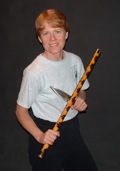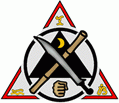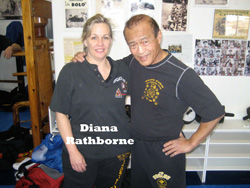 My Time and Experience in Martial Arts
My Time and Experience in Martial Arts
By Lynda Niemczak Hatch
Hello, I’d like to introduce myself… I was born with a profound hearing loss but it was not discovered till age 6 months when my parents took me to a pediatrician. I’m the only one in my family that has this invisible physical disability. But my loving parents had trained me well, and they also made sure I received my education starting from two and a half years old in special education for hearing-impaired, and onto elementary through high school, and then through four years of college with a Bachelor’s Science degree in Computer Sciences.

 While we can’t plan for everything or avoid all possibly hazardous situations, a good ‘Safety Barometer’ can keep you (and those in your charge) safe with a little practise and not too much work. Detailed below are the elements to developing your own self defense barometer and skill set.
While we can’t plan for everything or avoid all possibly hazardous situations, a good ‘Safety Barometer’ can keep you (and those in your charge) safe with a little practise and not too much work. Detailed below are the elements to developing your own self defense barometer and skill set.